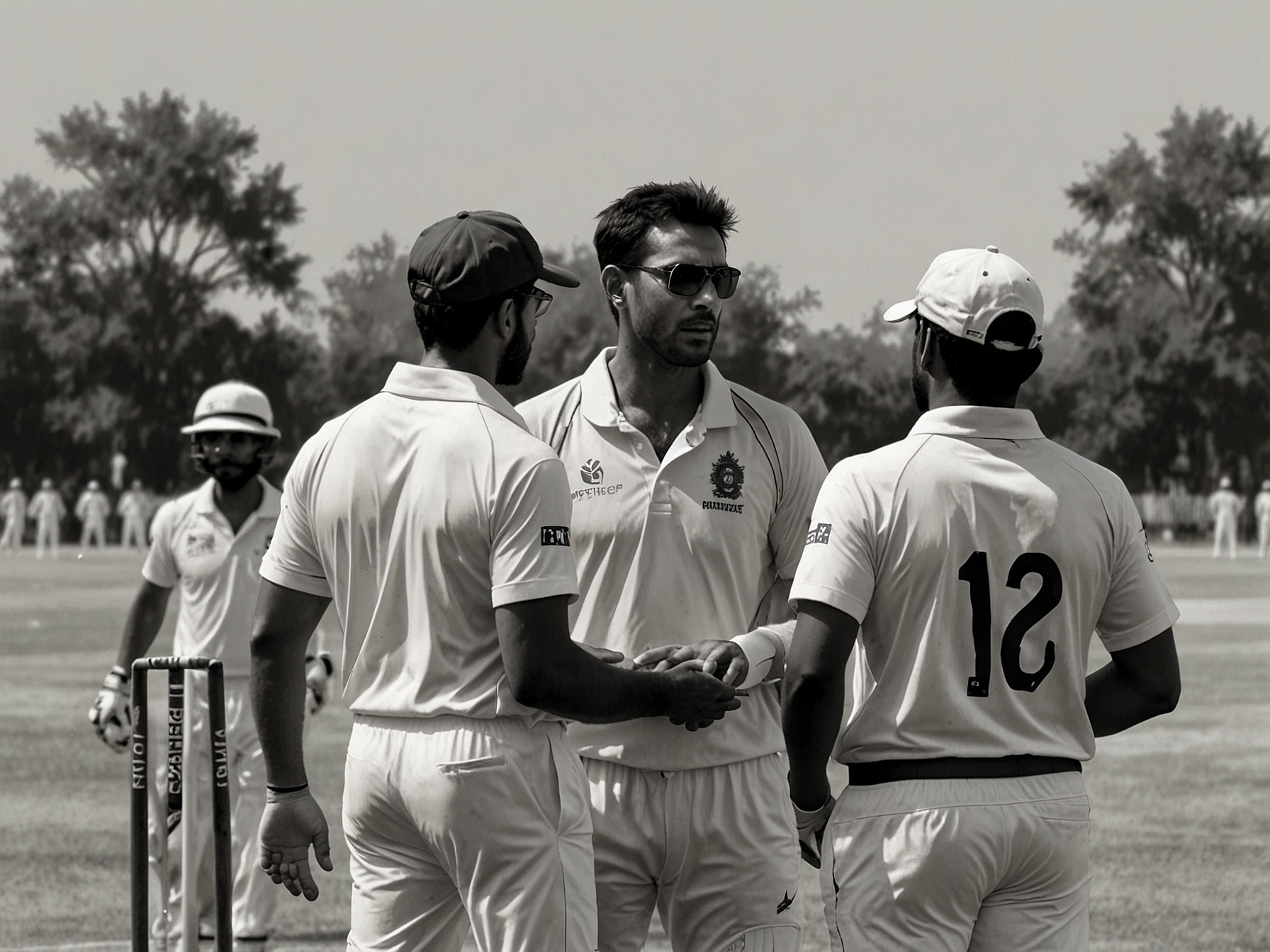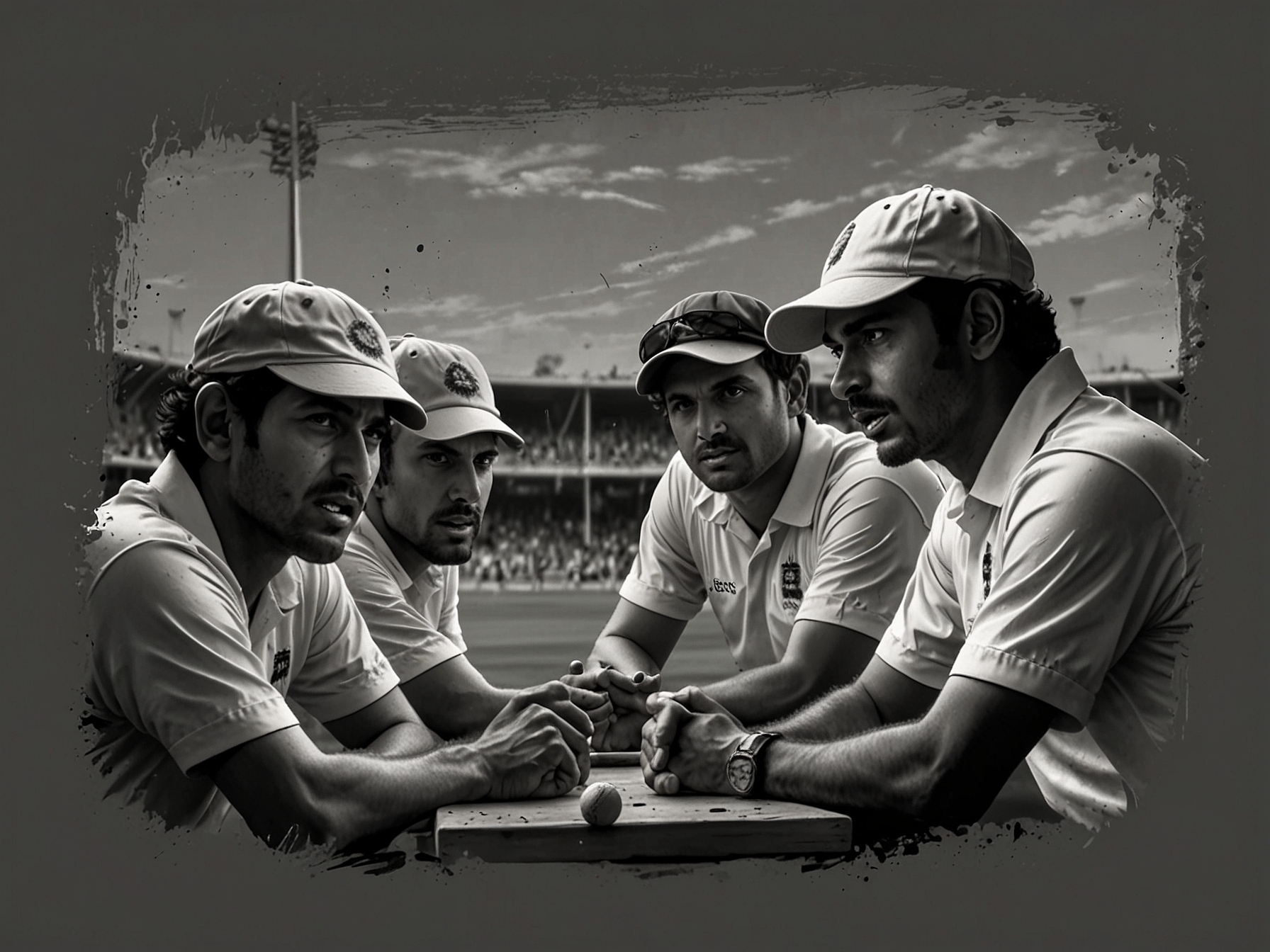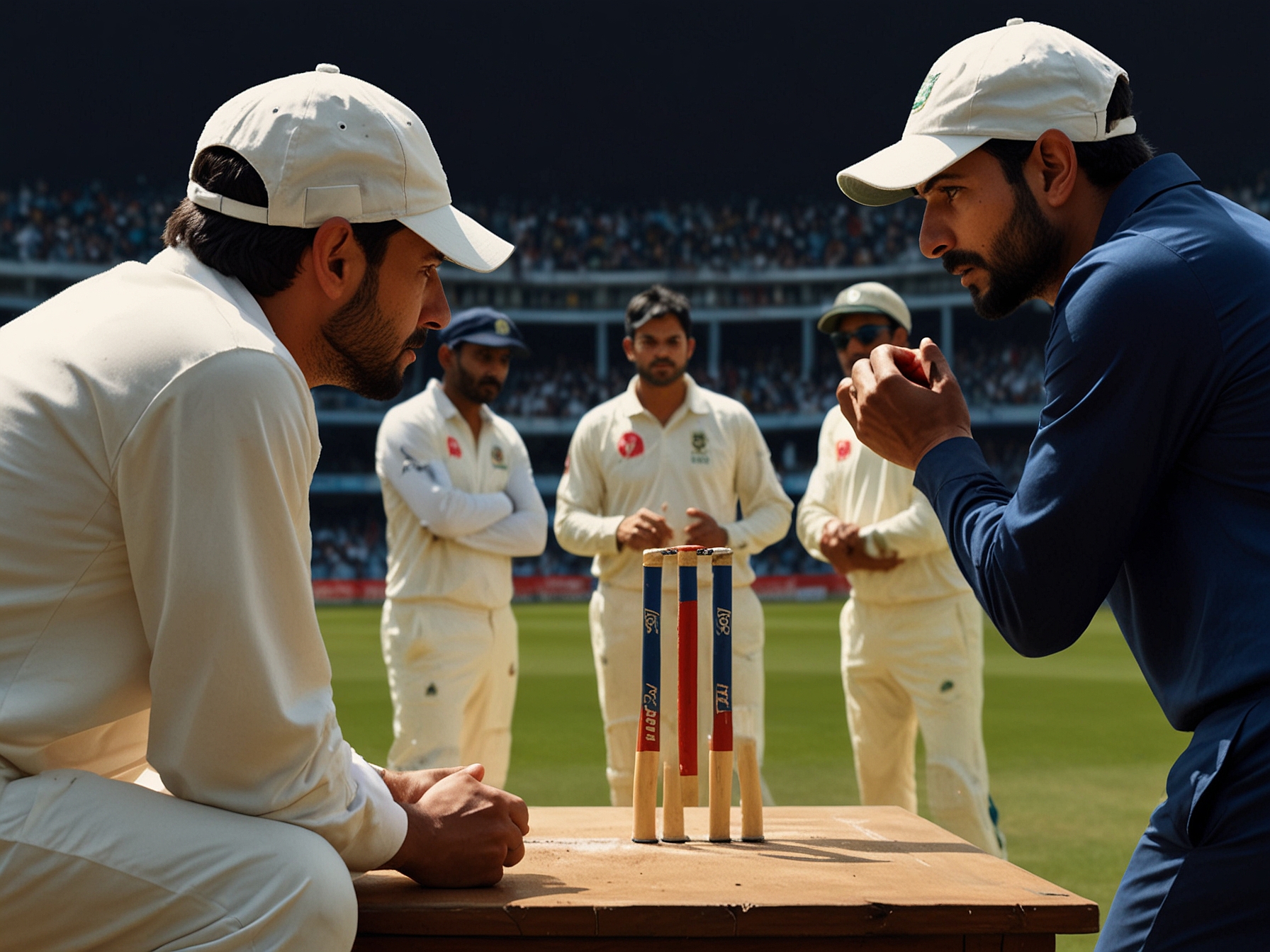Also read
- Meet Vaibhav Suryavanshi: The 13-Year-Old Cricket Sensation Who Packs a Punch
- Unforgettable Cricket Moments: Bumrah vs. Smith in Adelaide
The opening day of the second Test between Australia and India has sparked heated discussions. Pat Cummins, captain of the Australian team, received sharp criticism for his handling of the bowling attack. Fans and former players alike are questioning the team’s slow over rate.

Simon Katich, former Australian opening batter, did not hold back in his criticisms. He expressed his disappointment over Cummins’ leadership during the day. According to Katich, the over rate fell below acceptable levels, calling it ‘disgraceful.’ This comment echoes a growing sentiment among cricket enthusiasts who expect more from their leaders.
Australia’s players managed to dismiss India for a mere 180 runs on Day 1. However, this accomplishment was quickly overshadowed by the realization they only bowled 44.1 overs in the first two sessions. With the clock ticking, fans couldn’t help but wonder how a team of this caliber could lose track of time like this.

Katich highlighted how crucial it is to address issues of slow over rates. His suggestion? Harsher penalties for captains who lead their teams astray. He believes that mere fines are simply not impactful enough. While discussing these potential penalties, one can’t help but wonder how much pressure captains are under. The mental strain of leadership is real, and these decisions weigh heavily on them.
The former batter explained that captains are responsible for these slow over rates. Yet, penalties do not seem to have any lasting impact on behavior. Time violations continue, causing fans to question the integrity of the game. Would stiffer sanctions truly change captaincy approaches? Katich thinks they might be necessary.

Furthermore, the suggestion of match suspensions for captains raises eyebrows. What does it mean for a team’s strategy when a captain is benched? The potential fallout could create even more chaos within a squad. Yet, perhaps that tough approach is just what is needed.
This all unfolded after Australia’s disheartening loss against India in their last match. The Australian side was humiliated, losing by a staggering 295 runs. They came into this Test determined to bounce back and show their mettle. Saying they were on the offensive is an understatement, but it all began to take a back seat to the slow over rate.
In contrast, young cricketer Nitish Kumar Reddy stood out amidst the chaos. The 21-year-old impressed many by scoring 42 runs for India. He showed grit and determination, characteristics that could inspire Australia’s younger players. However, will the focus on penalties overshadow such promising talent? The balance between strict rules and player development could be precarious.
As the Test match continues, tensions will surely rise. How will Cummins respond to this criticism moving forward? Will he adjust his strategies, or will stubbornness win the day? Time will tell, but cricket fans everywhere will be watching closely.
Advocacy for stricter testing and penalties is growing louder. Can these changes truly improve the game? Or are we facing a future where the sport loses its essence to red tape and fines? The interesting part lies in how the players, fans, and officials react.
Ultimately, this unfolding drama shines a spotlight on the ongoing challenges of sportsmanship. How do we maintain fairness while enforcing rules? Will cricket face a reckoning over this issue? Only time will reveal the answers as the game continues to evolve.




